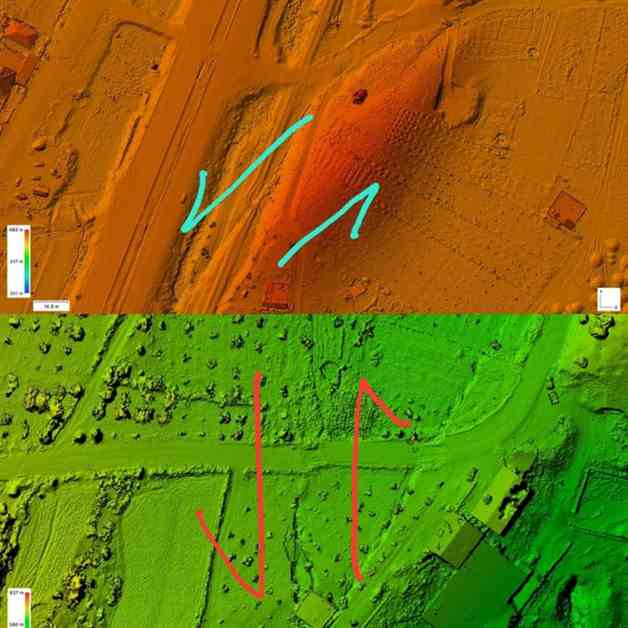Title: Fault Alignment Causes Earthquakes, Not Friction
Researchers have discovered a new perspective on what triggers earthquakes by examining the geometric composition of the rocks where earthquakes originate. This groundbreaking study challenges the traditional belief that friction is the primary factor in causing earthquakes.
Published in the journal ‘Nature,’ the research reveals that the alignment of fault networks plays a crucial role in determining the location and strength of earthquakes. This new understanding could enhance current knowledge of earthquake mechanics.
Geophysicist Victor Tsai from Brown University, one of the lead authors of the study, explains that earthquakes occur when stress on faults builds up to a point where they rapidly slide or break, releasing accumulated pressure in a process known as slip behavior. While it was previously thought that unstable friction on faults triggered earthquakes, the study suggests that the complex geometry of fault structures may be a more significant factor.
The researchers analyzed fault zones in California using data from the US Geological Survey and the California Geological Survey and developed mathematical models to illustrate how earthquakes occur. They compared fault structures to serrated teeth, explaining that smoother surfaces allow for smoother sliding, while complex and jagged structures can cause rocks to lock together, leading to earthquakes.
By studying the alignment of faults in California, including the famous San Andreas Fault, the researchers found that fault zones with more complex geometric structures resulted in stronger ground movements compared to less complex zones. This indicates that areas with misaligned faults are more likely to experience earthquakes.
The study highlights the importance of understanding fault behavior as a system to comprehend earthquake occurrence. While further validation of the model is necessary, researchers believe that the concept of fault alignment as a key factor in earthquakes shows promise. This new approach could potentially be integrated into earthquake prediction models in the future.
As researchers continue to explore and refine this model, the study opens up new possibilities for understanding earthquake mechanics and predicting seismic events. This innovative research offers a fresh perspective on the factors that contribute to earthquakes and underscores the significance of fault alignment in seismic activity.












